- Scientific name: Persicaria odorata
- English: laksa leaves, Vietnamese coriander
- Bahasa melayu: daun kesom, daun laksa
- Tiếng Việt: rau răm
- Thai: pak pai (ผักไผ่)
- Laos: pak paeo (ຜັກແພວ)
An important element in Vietnamese cuisine, in Singapore laksa leaves are primarily used in the spicy curry noodles soup called Laksa. For some strange reason, the herb is not used in Indonesian nor Thai cuisines.
How to grow laksa leaves?
They grow really easily indoors and outdoors, depending on your climate conditions and the amount of light and humidity you have at home. In the tropical Southeast Asia, you can find daun kesom/laksa plants growing wild by streams and rivers. They like really wet soil.
In temperate climate like mine in Northwestern Europe, they survive well indoors. I grow them in a pot with holes, placed in a larger pot, so that there is always some water soaking its roots. They do well on the window sill where they get as much sun as possible. Note that your window sill has to be double- or triple-glazed so that the cold air does not get to them. Also, your indoor conditions need to be humid – the plant cannot be close to any heating unit, as the leaves dry up very quickly.
To propagate the daun kesom/laksa plant, just put a mature branch into a vase of water and let the roots grow over 4 to 6 weeks. Do not plant the rooted branches immediately in soil as that will shock the plant and kill it. Slowly add soil bit by bit over a week or two, before you transplant your laksa plant into a permanent pot.
Let me know if you need advice when planting your laksa plant by leaving your comments below!

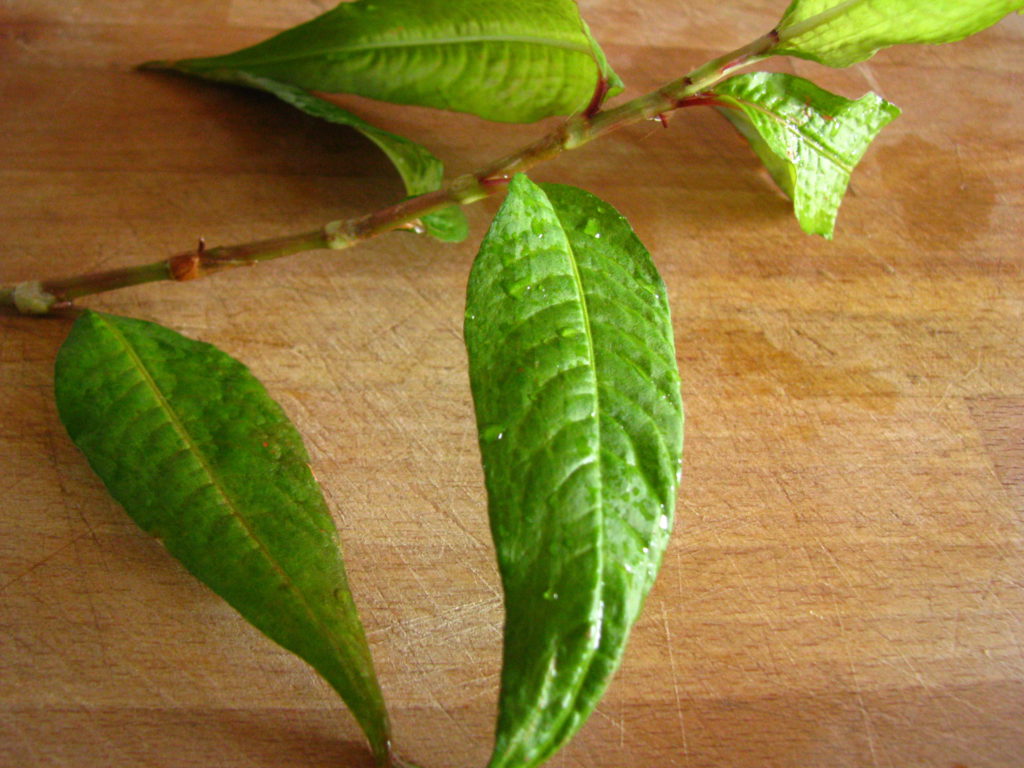
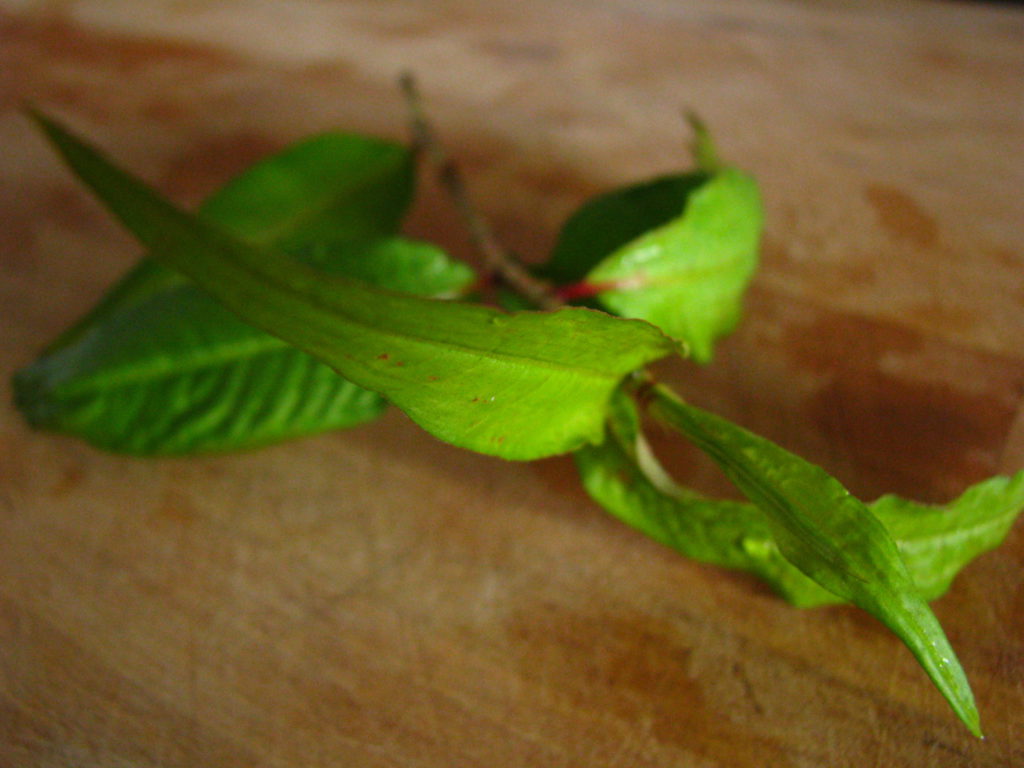
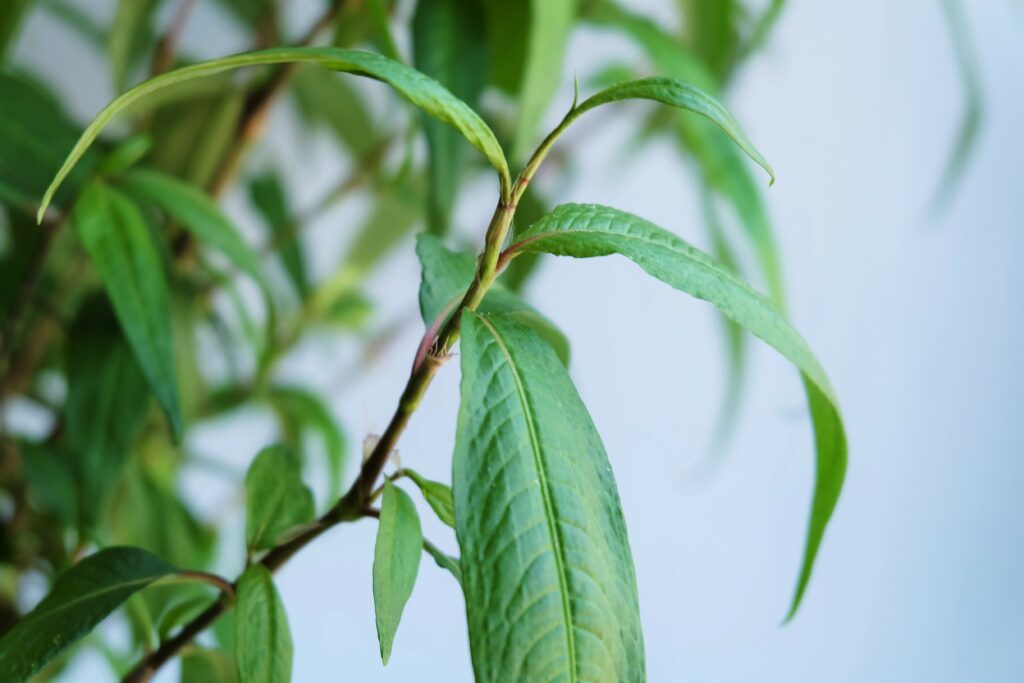
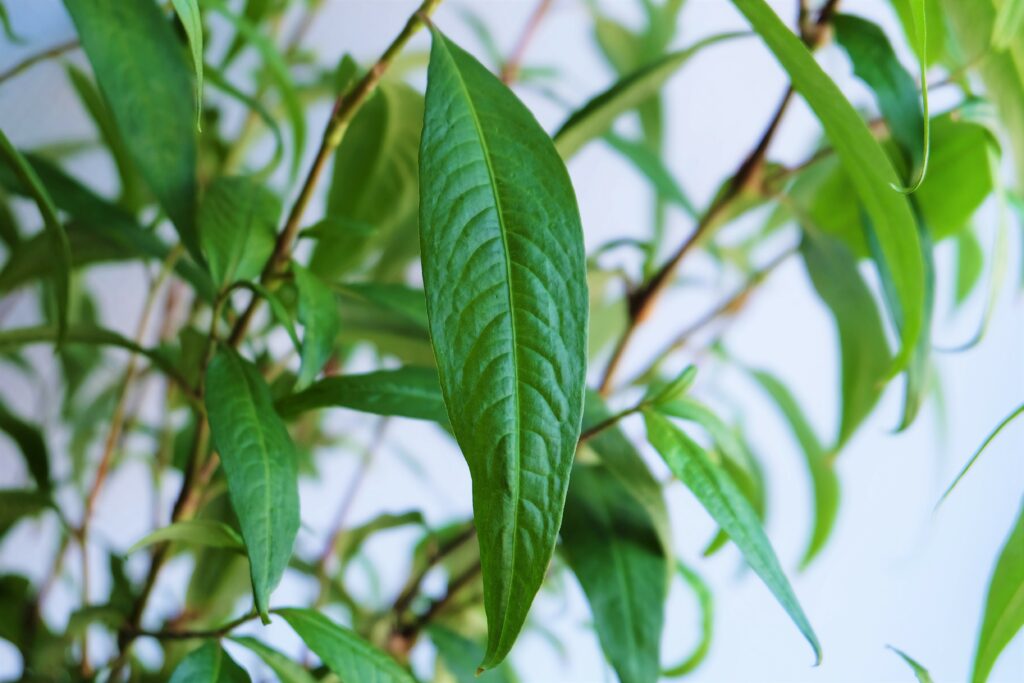
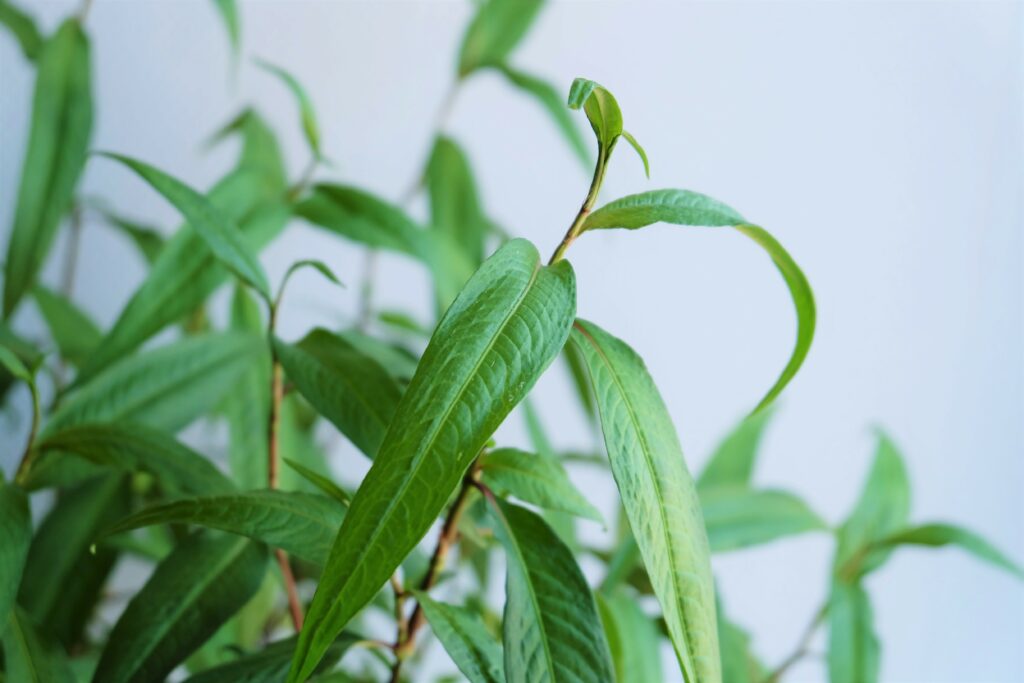
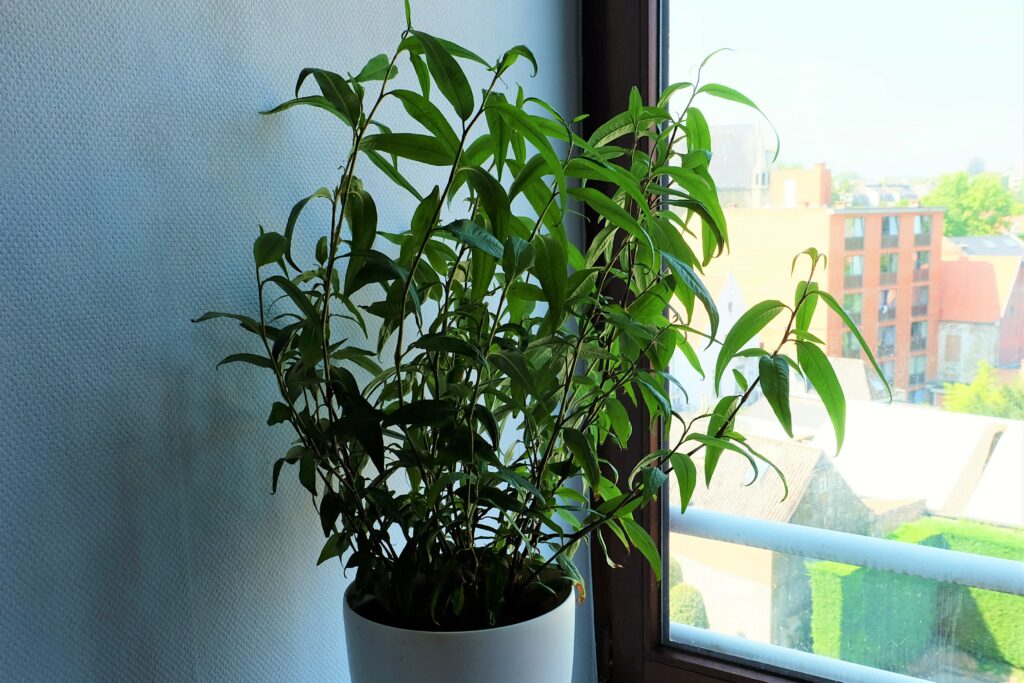
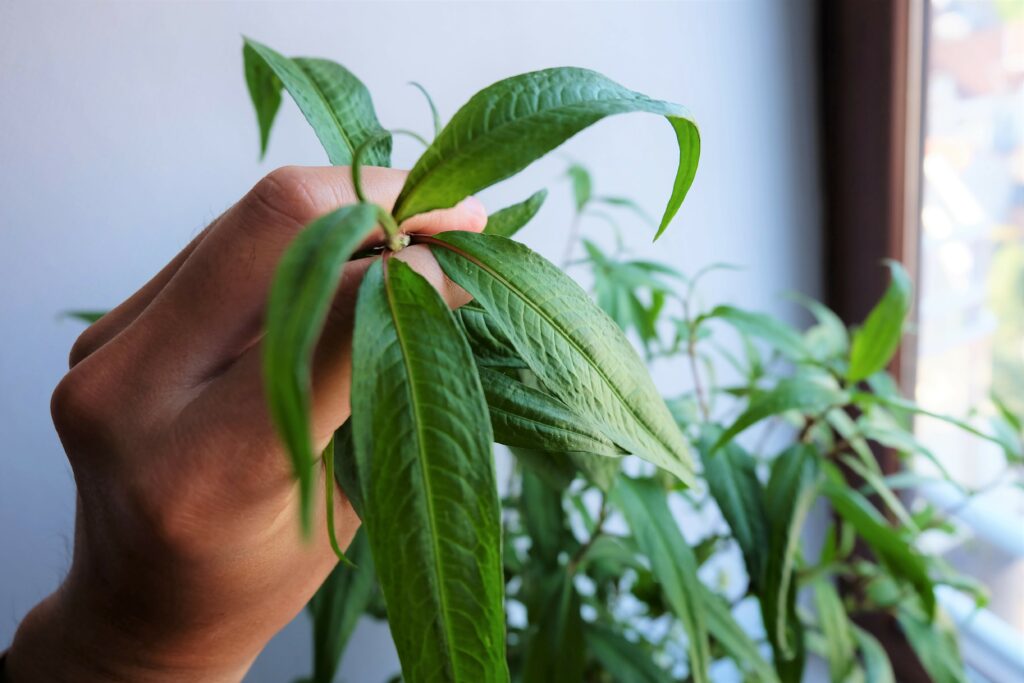

Hi this was very helpful thank you for your write-up! Just to also clarify, the matured stalk should we also cut off the leaves? We have quite a lot of stalks left. Another question, how often/how long each day should we expose it to sunlight?
Hi Maria, what do you mean by cutting off the leaves? If you want to propagate in water, the top leaves should still be on while the bottom leaves should be removed as the stalks will be in the water. These plants are tropical so they love being in full sun every day. However, they also consume a lot of water when in full sun as they usually grow by small streams. If you cannot water them that often or that much, they can be in half shade. If they are in full sun and do not have enough water, they will die within a day or two.
Hi, I was wondering about the last bit of advice “Slowly add soil bit by bit over a week or two, before you transplant your laksa plant into a permanent pot.” Will Laksa grow in a pot without a drainage hole? Would it be possible to just continue adding soil to the container until eventually it is a full soil container while maintaining the water?
Hi, the slowly adding soil bit is to prevent shock to the young plant due to the sudden influx of rich nutrients. While laksa is very tolerant of having wet feet, it is advisable to always have drainage holes so that the roots can breathe. And you can ensure the water does not remain stagnant.